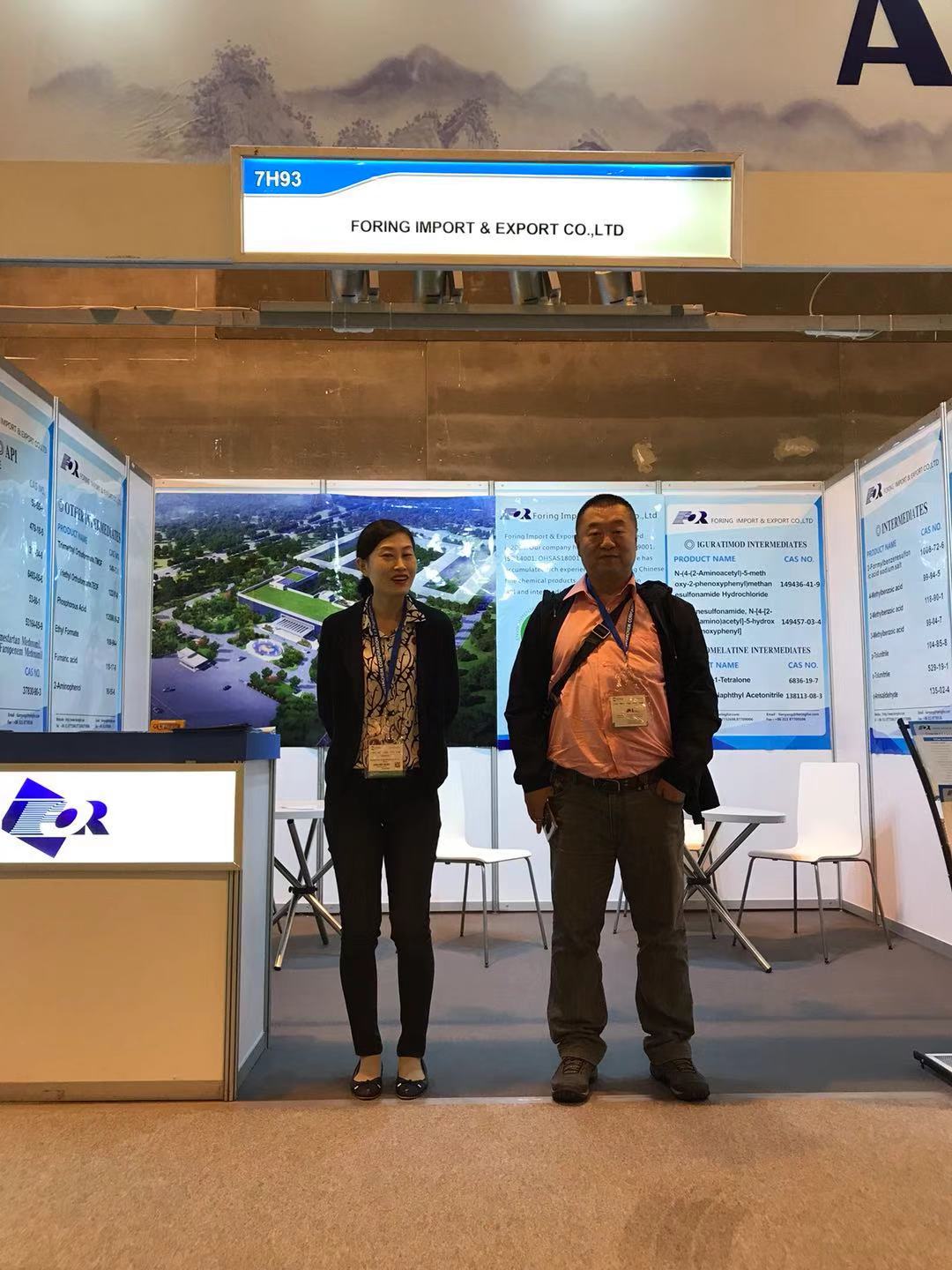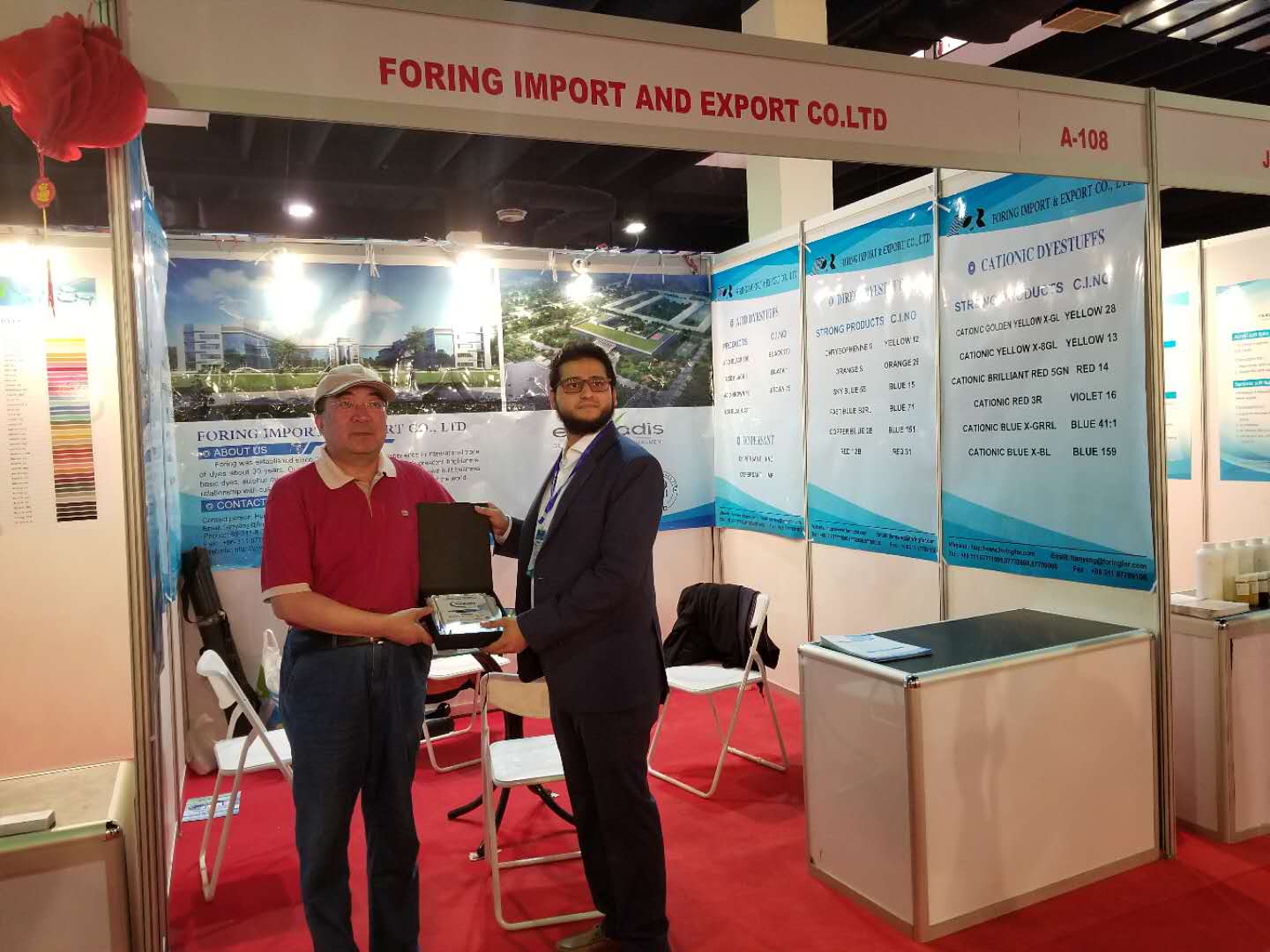- Albanian
- Arabic
- Armenian
- Azerbaijani
- Belarusian
- Bengali
- Bulgarian
- Croatian
- Czech
- Danish
- Dutch
- English
- Esperanto
- Estonian
- Finnish
- French
- Georgian
- German
- Greek
- Hungarian
- Icelandic
- Indonesian
- Italian
- Japanese
- kazakh
- Korean
- Kyrgyz
- Lao
- Latin
- Latvian
- Malay
- Mongolian
- Nepali
- Norwegian
- Persian
- Polish
- Portuguese
- Romanian
- Russian
- Serbian
- Slovak
- Slovenian
- Spanish
- Swedish
- Thai
- Turkish
- Turkmen
- Ukrainian
- Uzbek
- Vietnamese
Foring Import & Export Co., Ltd. was founded in 2004.
Our company has obtained the ISO 9001:2006 and ISO 14000. We has
accumulated rich experience for exporting Chinese fine chemical products,
we mainly handle in dyestuff, pigment ,fluorescent brightener,
pharmaceutical products, pesticide products.
Foring Import & Export Co., Ltd. was founded in2004. Our company has obtained the ISO 9001:2006 and ISO 14000. We has accumulated rich experience for exporting Chinese fine chemical products, we mainly handle in dyestuff, pigment ,fluorescent brightener, pharmaceutical products, pesticide products.
-
 Printing Ink
Printing InkThe application of solvent dyes in ink is mainly reflected in their bright colors, good solubility and weather resistance, etc. The application of solvent dyes in ink is mainly attributed to the following characteristics: 1. Bright colors: Solvent dyes have high saturation and bright hues, which can endow ink with rich colors. 2. Good solubility: Solvent dyes can be uniformly dissolved in various organic solvents, forming a good dispersion system. This enables them to be well dispersed and stable during the ink preparation process. 3. Strong weather resistance: Solvent dyes possess excellent lightfastness, heat resistance, and oxidation resistance, maintaining vivid colors for extended periods and are suitable for applications requiring long-term color stability. 4. Flexible application: By adjusting the ratio of dye to solvent, the ink's concentration can be altered to meet various printing requirements.
See More -
 Colorful Pens
Colorful PensDye ink can produce rich and diverse colors through the combination of multiple dyes, suitable for occasions that require diverse color choices, such as tents。
See More -
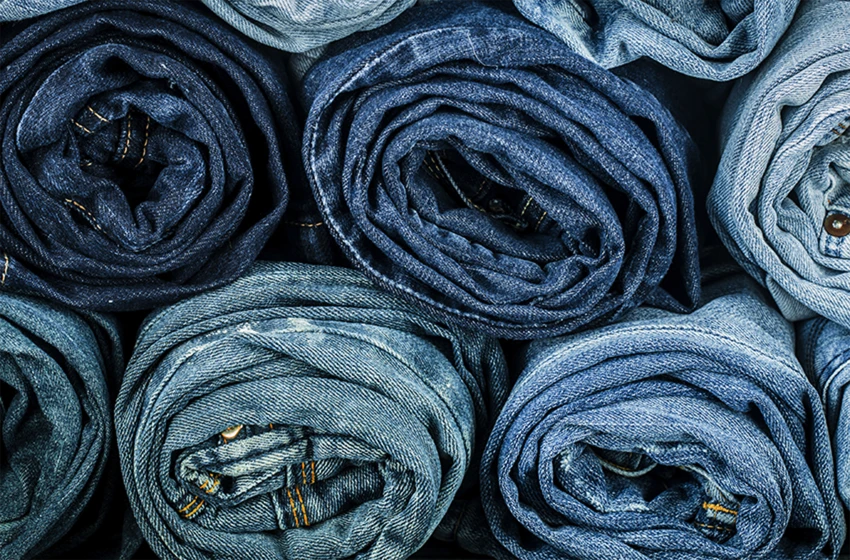 Denim Fabric
Denim FabricThe application of dyes in textiles mainly includes various types of dyes and their application scenarios. The following are several common dyes and their applications in textiles: 1. Direct dyes: These dyes combine with fiber molecules through van der Waals forces and hydrogen bonds, and are suitable for dyeing various fibers such as cotton, linen, silk, and wool. Direct dyes have simple dyeing methods, a complete color range, and low costs, but their washing and light fastness are relatively poor. 2. Acid dyes: In an acidic medium, acid dyes combine with protein fiber molecules through ionic bonds and are often used for dyeing silk, wool, and nylon fibers. Acid mordant dyes form chelates on the fibers through the action of metal salts to improve washing fastness. 3. Disperse dyes: These dyes are suitable for dyeing various synthetic fibers such as polyester, nylon, and acetate fibers. Disperse dyes do not contain water-soluble groups and require the use of dispersants to keep the dye in a dispersed state for dyeing. 4. Reactive dyes: Reactive dyes combine with fiber molecules through chemical reactions and are suitable for dyeing and printing cotton, linen, synthetic fibers, and protein fibers. Reactive dyes have good fastness and are suitable for a variety of fibers. 5. Fluorescent dyes: Fluorescent dyes are favored for their high emission intensity, bright colors, and strong fluorescence effect. They are widely used in the dyeing of professional clothing for traffic police and road maintenance personnel, as well as in the dyeing and printing of daily fabrics. The fluorescence reflectance of fluorescent dyes is affected by factors such as the intensity of ultraviolet light sources, dye concentration, and fabric type. The application of these dyes in textiles not only meets consumers' demands for color diversity and brightness but also achieves the coloring and beautification of various textiles through different chemical and physical properties.
See More -
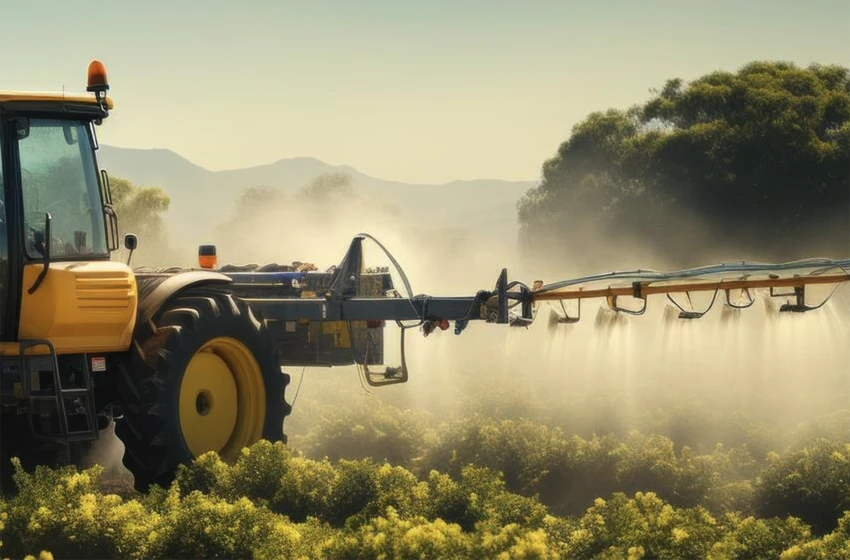 Pesticide
PesticideBactericide: used to control various diseases caused by fungi, such as mold, rust, anthracnose, powdery mildew, etc. Fungicides can prevent and treat the rot of leaves, fruits and roots of crops, prolong the life of plants and improve the quality and yield of agricultural products. Common fungicides include thiophanate-methyl, chlorobromoisocyanuric acid and stone sulfur mixture. Insecticide: it is mainly used to control pests that harm crops' leaves, stems and fruits, such as aphids, armyworms and corn borers. Insecticides can effectively control the population of insects by contact killing, stomach poisoning or fumigation, and prevent the spread of pests in a large area. Common pesticides are organophosphorus (such as chlorpyrifos, profenofos and dichlorvos), carbamate (such as isoprocarb) and pyrethroid (such as cypermethrin). Herbicide: used to remove annual or perennial broadleaf weeds and gramineous weeds in the field, and to prevent weeds from competing with crops for water, nutrients and light resources. The scientific use of herbicides can reduce the intensity of manual weeding and improve farming efficiency. Common herbicides include glyphosate and paraquat. Plant growth regulator: used to regulate the growth and development of crops, promote rooting, delay leaf aging, and promote fruit expansion. Rational application is helpful to improve crop quality, optimize yield structure and enhance comprehensive agricultural benefits.
See More -
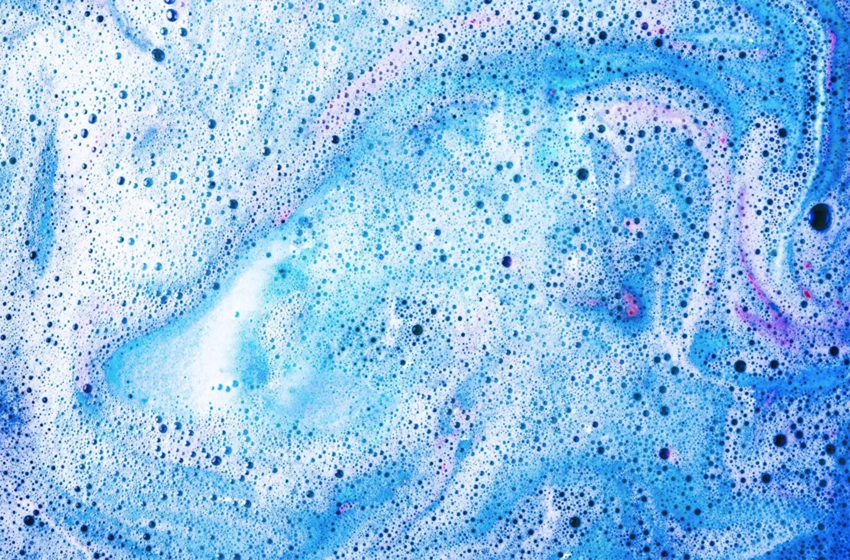 Paper Making/Laundry Detergent
Paper Making/Laundry DetergentBasic dyes: These dyes can directly dissociate into cations in aqueous solutions, have extremely strong coloring power, and are bright in color, but they have poor light and heat resistance and are prone to fading. Fluorescent brighteners: This type of dye not only reflects visible light but also absorbs ultraviolet light and converts it into visible blue or red fluorescence, thereby enhancing the whiteness of paper. Direct dyes: These dyes can directly combine with fibers for dyeing. They have a complete color range, bright colors, and low prices, and are widely used in the paper industry. Reactive dyes: They have bright colors and good light and heat resistance, but they need to be dissolved under alkaline conditions. Disperse dyes: mainly used for dyeing polyester fibers, but also have applications in the paper industry.
See More -
 Laboratory
LaboratoryProvide organic customization of various compounds and intermediates, and electronic chemical synthesis services. Through the total synthesis of intermediates, reference compounds and impurities, compounds with biological activity were synthesized, and the target products with weights ranging from mg to kg were synthesized.
See More



